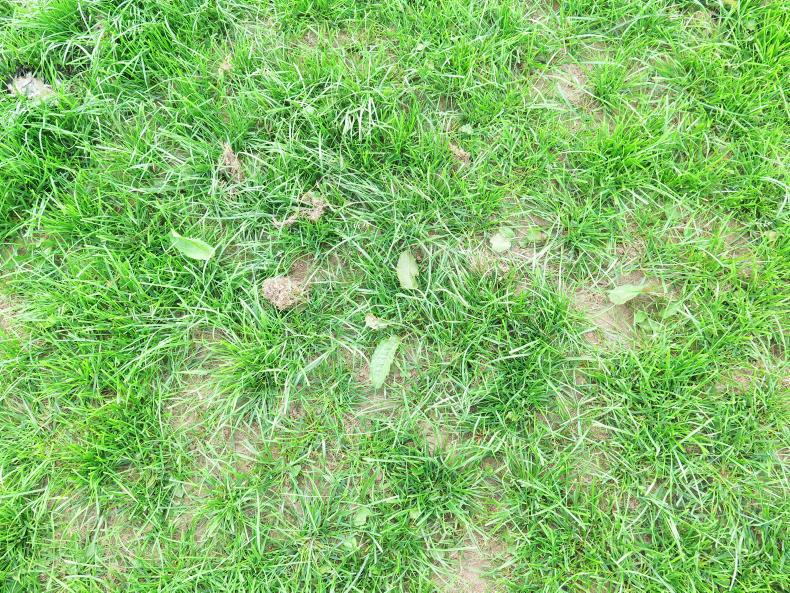At this stage in the year, most dairy farmers are approaching 11 or 12 weeks of breeding. Cows served today won’t calve until mid-April, and if a beef bull is used they will probably carry a few weeks longer.
The longer the breeding season lasts, the lower the empty rate will be, so you have to look at the overall picture. At an LIC open day last week, host farmer Joe Kirwan said he remembered last spring when he was inseminating cows on one side of the crush while there were still cows waiting to calve in the calving shed.
He reckoned those cows yet to calve will leave little or no profit this year. Late-calving cows are a massive cost and a drain on cash. Best policy to avoid late calvers is to pull out the bulls in time.
Some people will say that you will get a higher sale value for a cow in calf versus an empty cow. And while this may be true, in general the sale times are different so the costs of keeping the cow aren’t the same.
Docks
I was on a farm this week with a big problem with docks. They seem to thrive in this weather, especially in the aftergrass and in second-cut silage. A lot of the clover-safe sprays don’t seem to be as effective at controlling docks in the new reseeds or else the older docks re-emerge after the spray has gone out. Because docks have so many seeds, uncontrolled docks will spread rapidly.

While it’s probably too late to go spraying for them now as they are gone into the reproductive stage the farm I was on was going to spray them with a weed licker after grazing. Almost all of the paddocks were affected so the farmer was just going to bite the bullet and use the weed licker on every paddock after grazing for the next rotation. He was going to use a glyphosate (roundup) spray. An important thing is to make sure there are no drips or leaks on the weed licker or else grass will be burned.